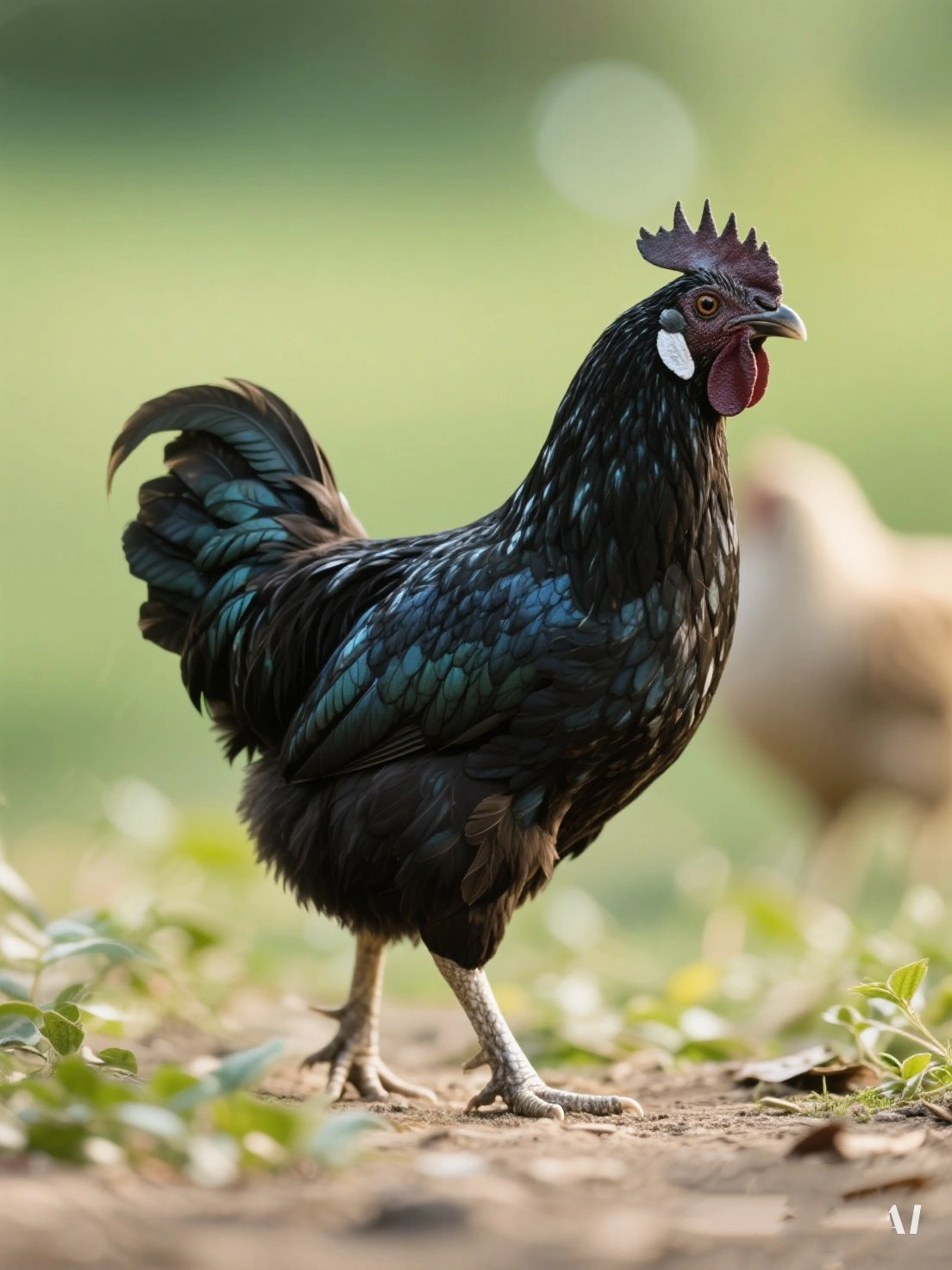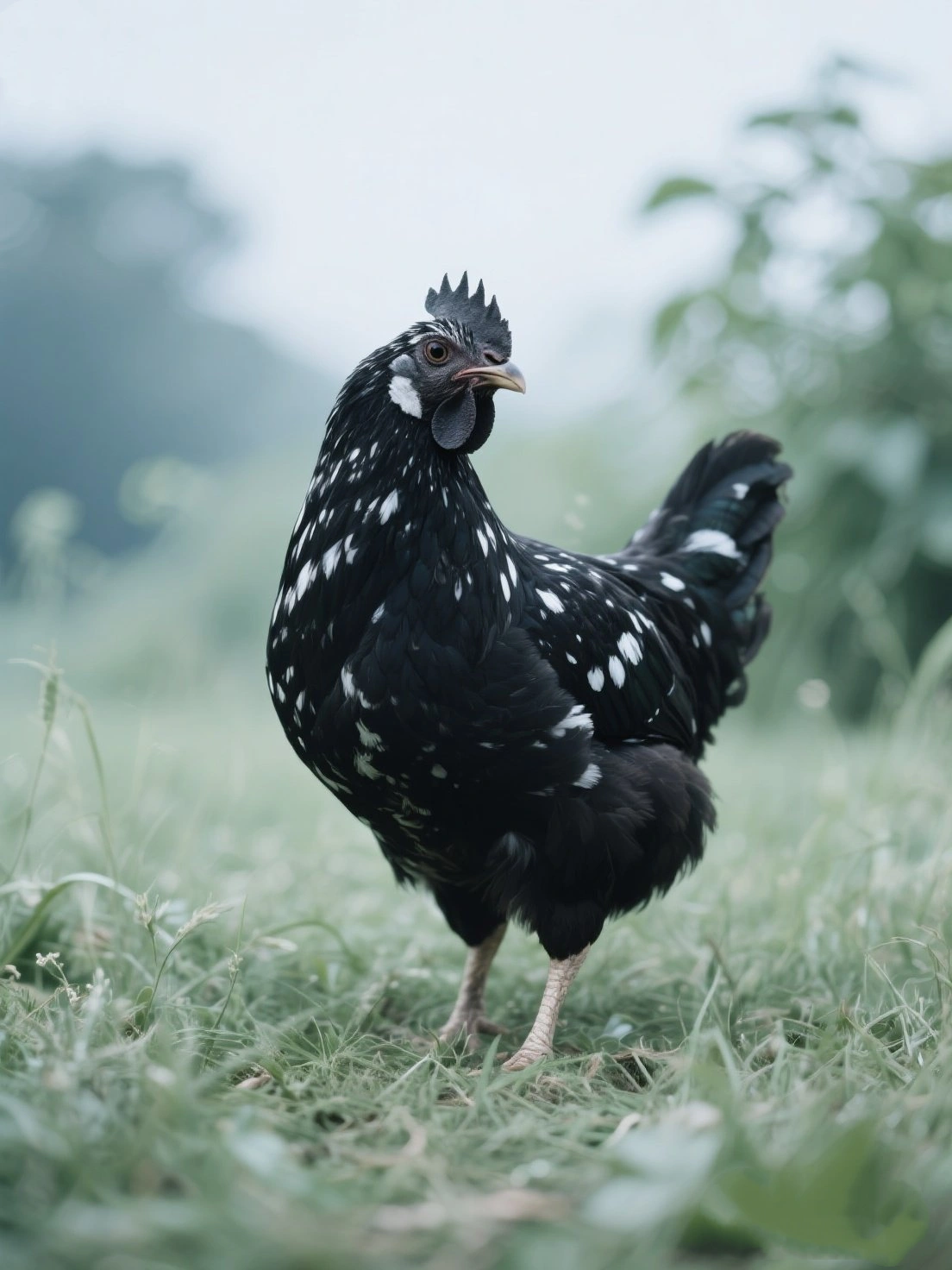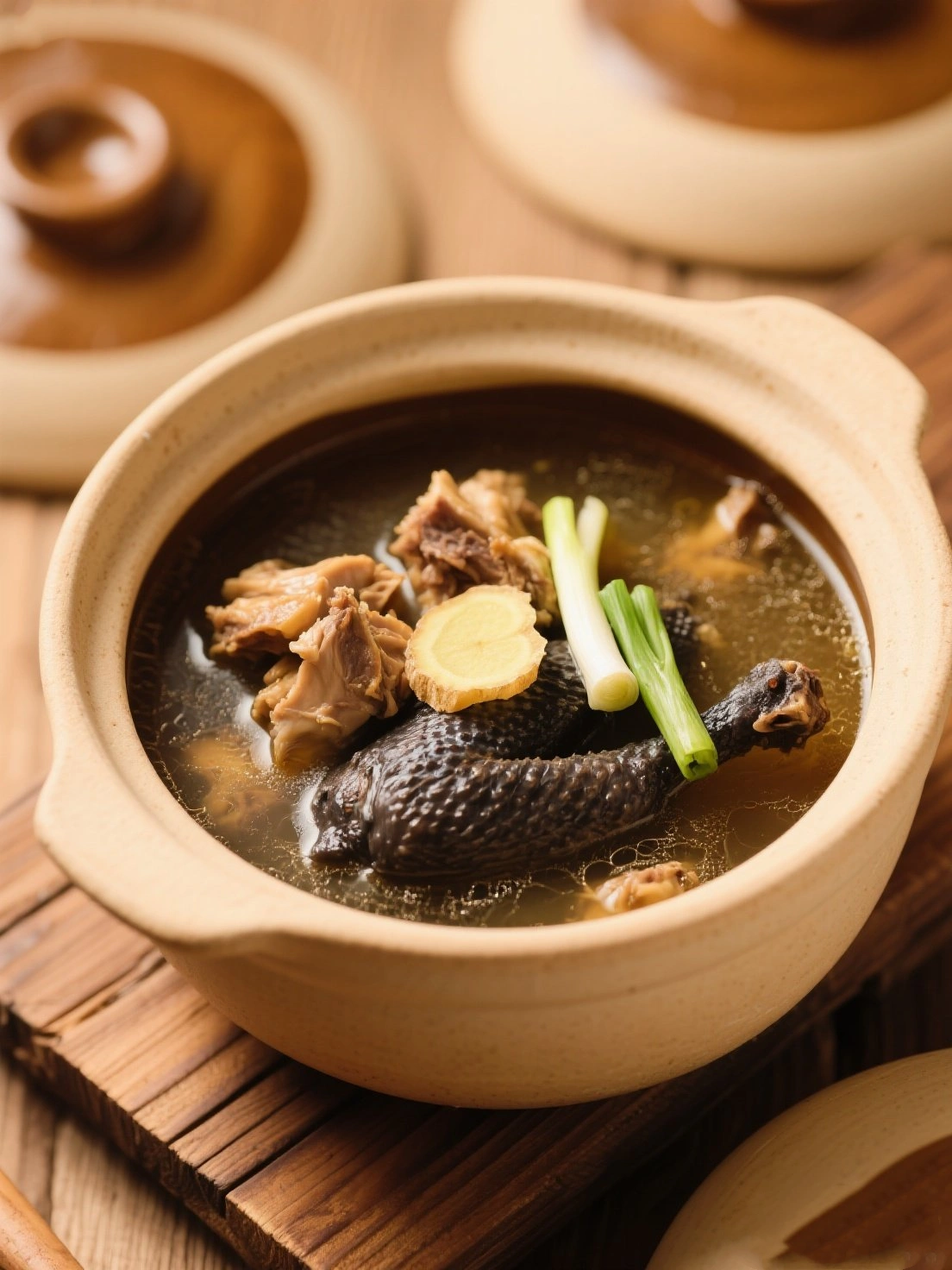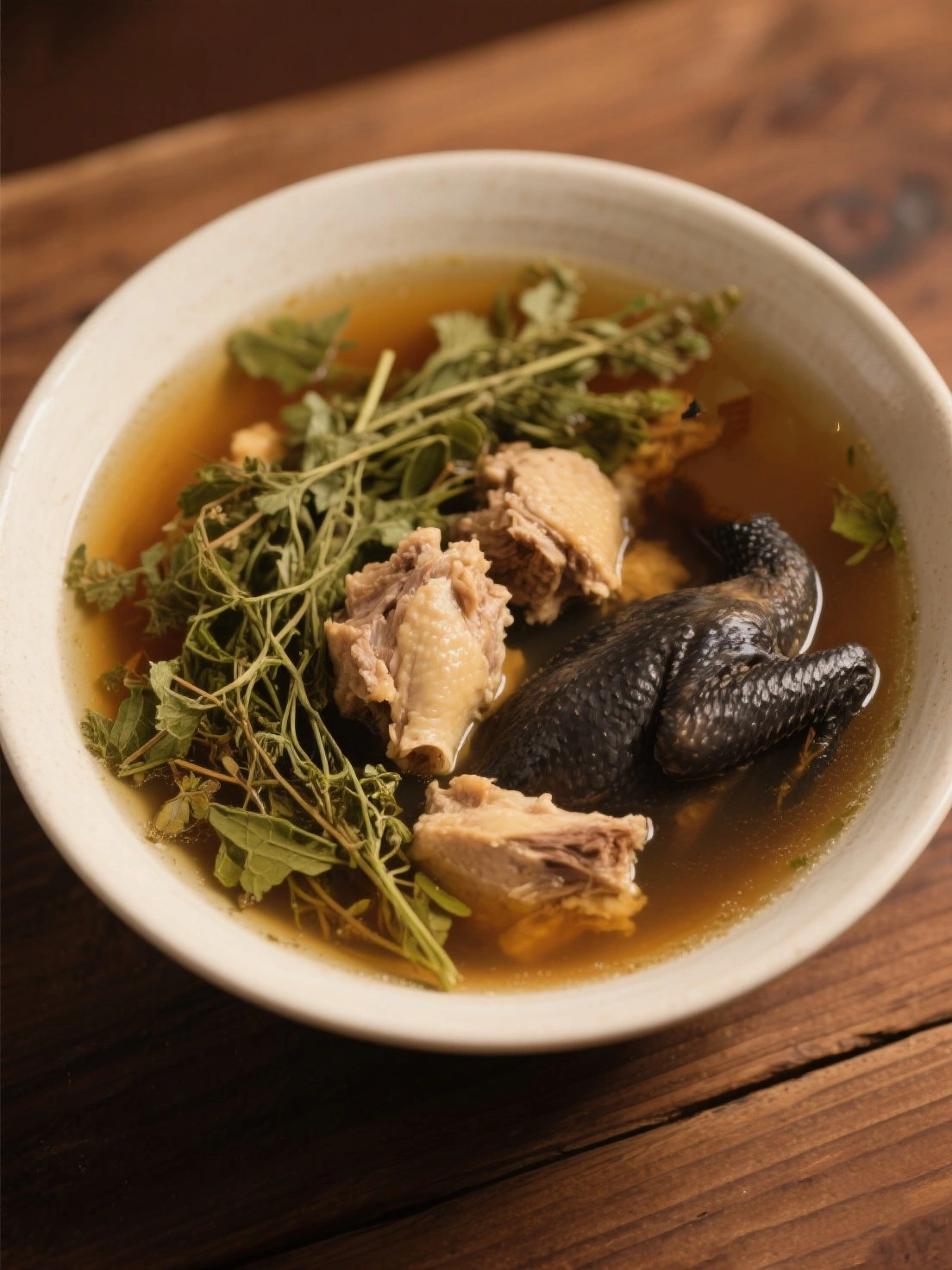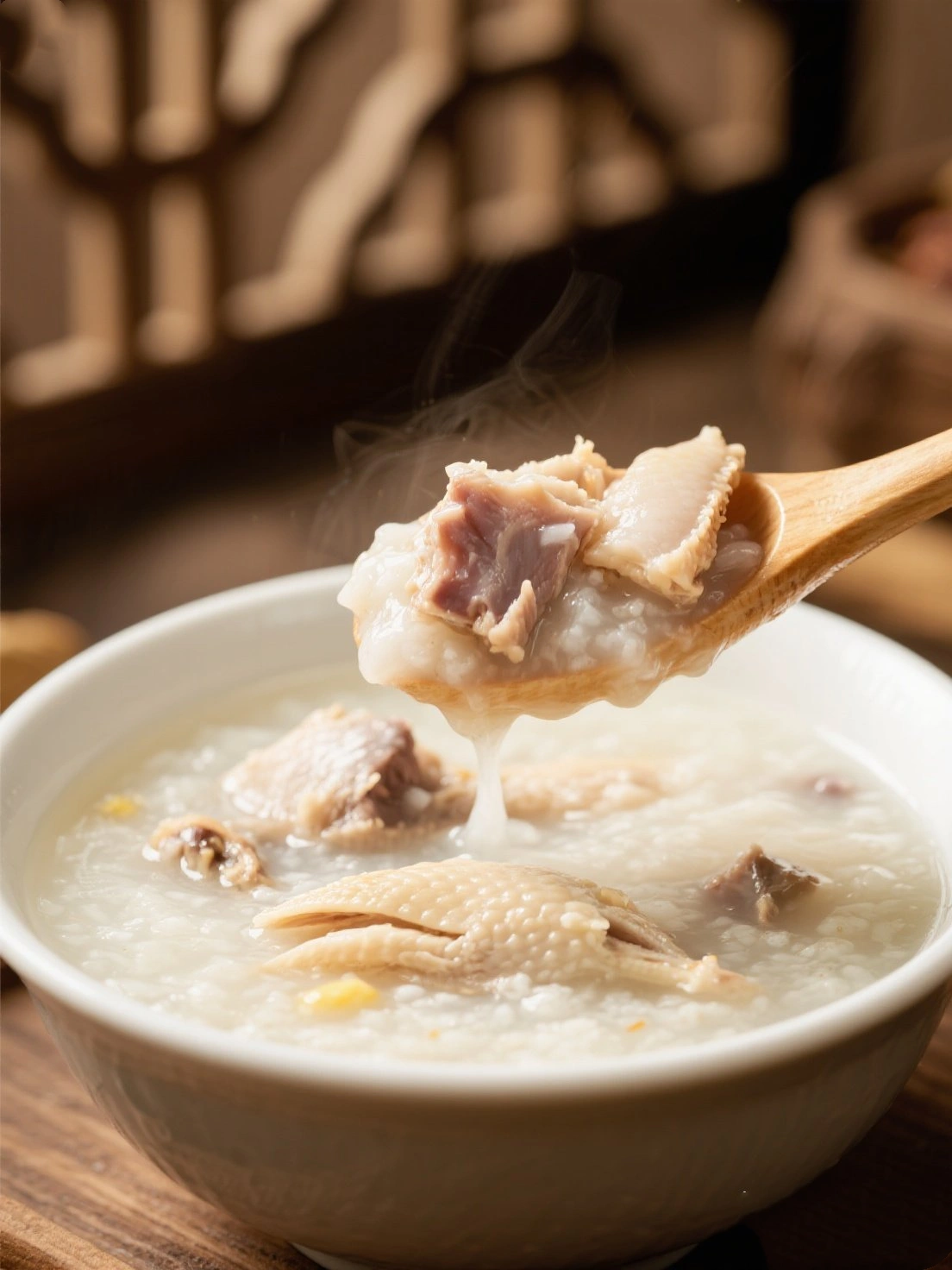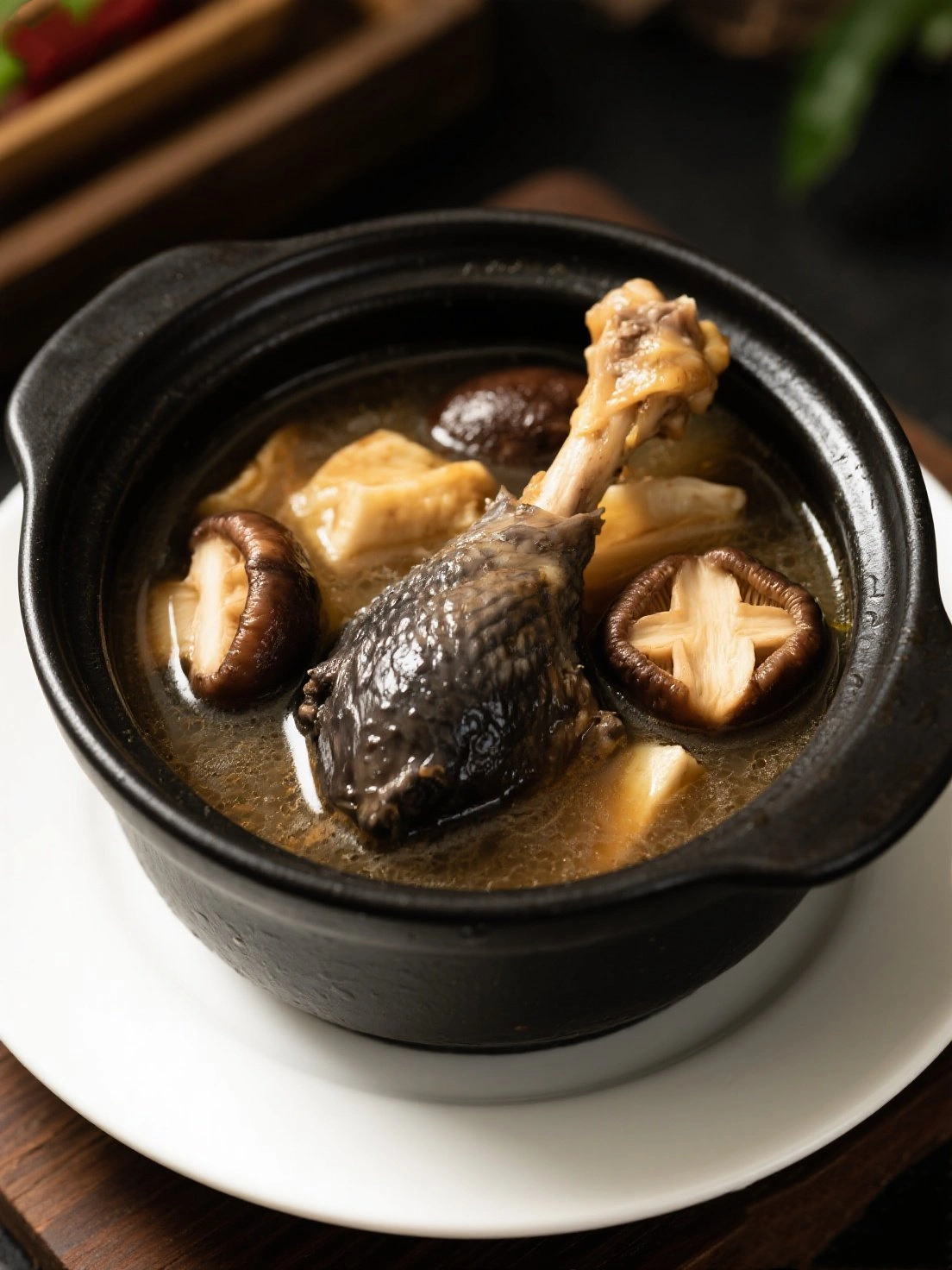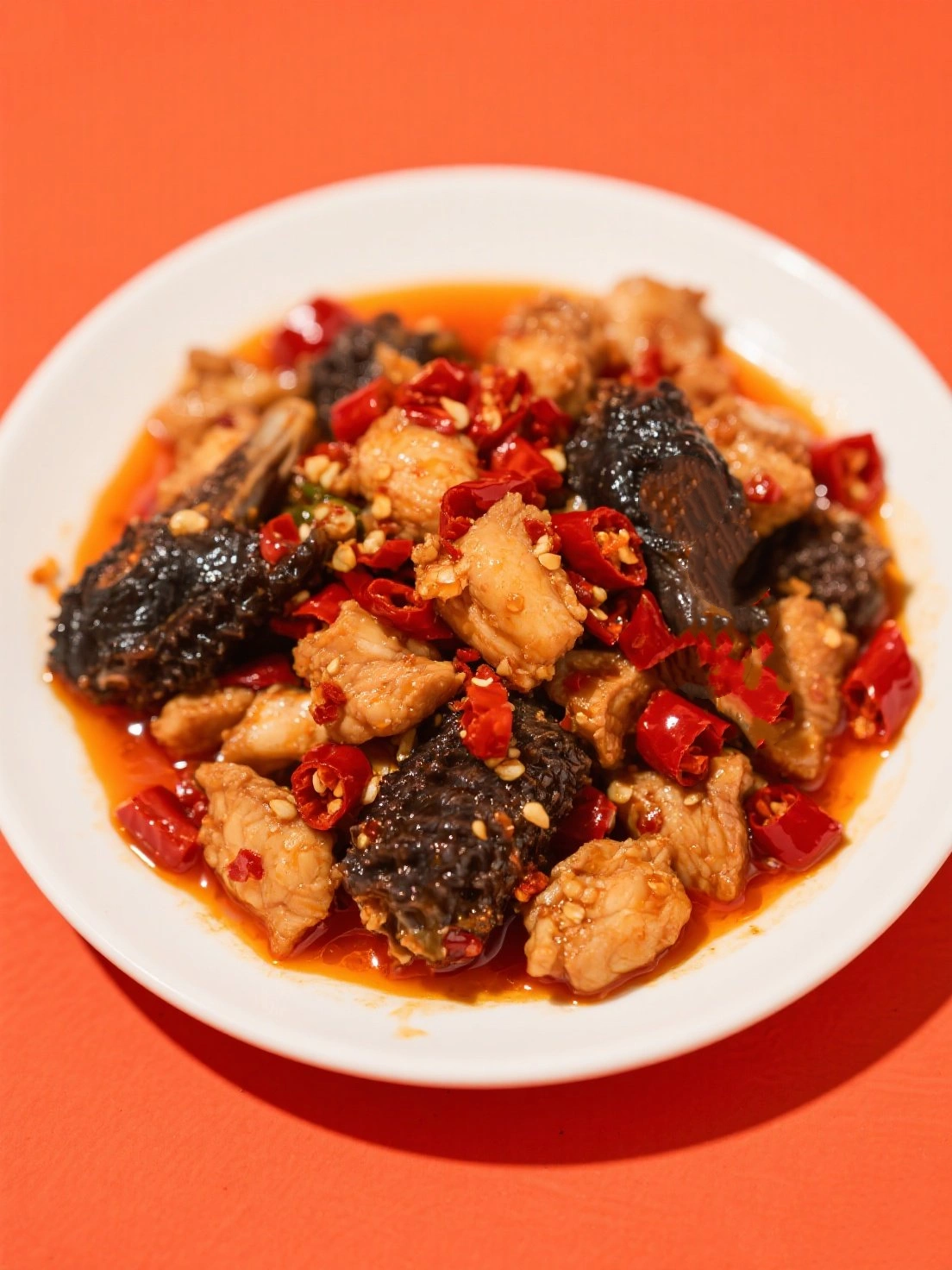Silkie chicken (balck chicken), known for its distinctive black skin and bones, fluffy white feathers, and five toes (most chickens have four), has been prized in China for over 2,000 years. Marco Polo first mentioned these unusual chickens in his 13th century travel accounts, describing them as "furry chickens with black skin."
In traditional Chinese medicine, silkie chicken is classified as a "warming" food that nourishes yin, replenishes qi, and strengthens the kidneys. The most prized varieties include:
- Chinese Black Silkie: The original variety with deepest black pigmentation
- White Silkie: White feathers but retains black skin and bones
- Partridge Silkie: Brown and white patterned feathers
- Splash Silkie: Blue-gray plumage with irregular white splashes
Today, China remains the largest producer, with Jiangxi province famous for its Taihe silkie chickens, considered the highest medicinal quality.
